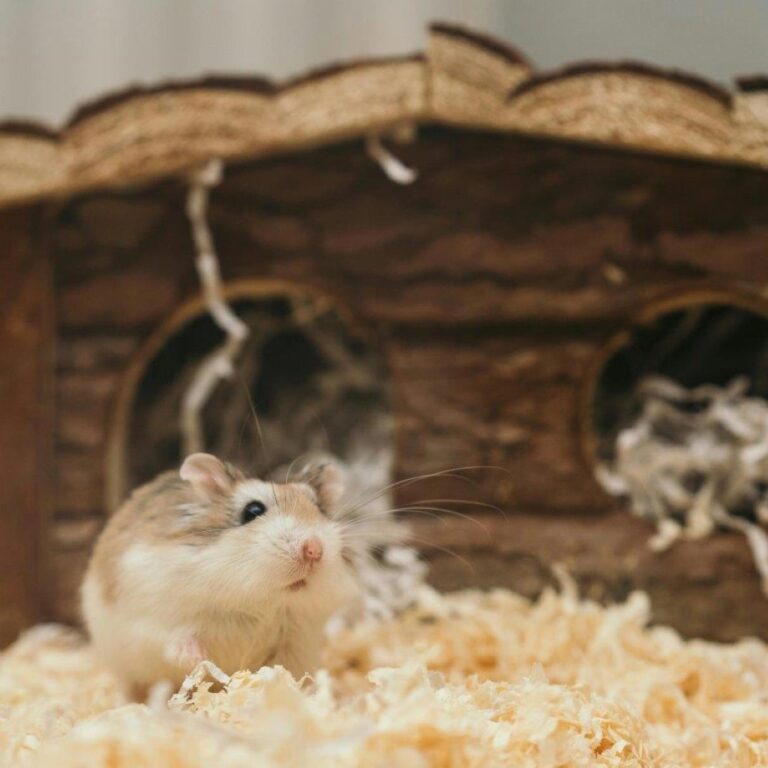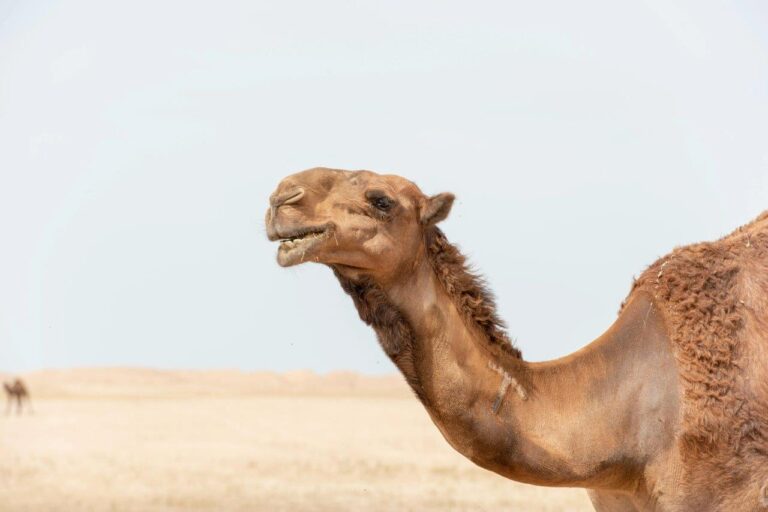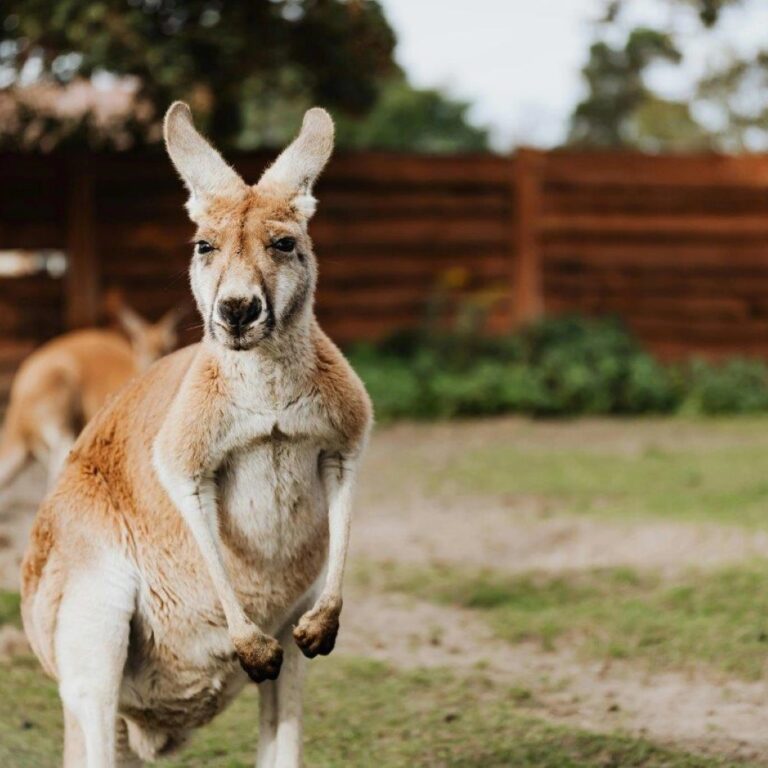There are about 18 species, but the most common pet species include the Syrian hamster (also known as the golden hamster), dwarf hamsters, and Roborovski hamsters.
Hamsters have cheek pouches that can extend to their shoulders. These pouches are used to carry food and bedding back to their burrows or nests.
They are nocturnal animals, meaning they are most active during the night and tend to sleep during the day. This is why they are often seen running on their wheels late at night.
The Syrian hamster is the largest and most popular pet hamster. It is typically solitary and prefers to live alone, unlike dwarf hamsters, which are more social and can live in pairs or small groups.
They have poor eyesight and rely heavily on their sense of smell and touch to navigate their environment. They also use their whiskers to detect objects and vibrations around them.
Hamsters have a natural instinct to dig and burrow. In the wild, they create complex tunnel systems where they store food, sleep, and raise their young.
They are known for their strong teeth, which grow continuously throughout their lives. They need to chew on hard objects to keep their teeth from becoming too long.
A hamster's diet in the wild consists mainly of seeds, grains, fruits, and vegetables. As pets, they should be provided with a balanced diet that includes commercial hamster food, fresh produce, and occasional treats.
Hamsters have a short lifespan, typically living for 2 to 3 years. However, with proper care, some hamsters can live slightly longer.
Hamsters are known for their playful and curious nature. They enjoy exploring their surroundings, climbing, and running through tunnels or mazes.
The name 'hamster' comes from the German word 'hamstern,' which means to hoard. This refers to the hamster's habit of storing food in their cheek pouches and burrows.
Hamsters can produce a variety of sounds, including squeaks, chirps, and even purring-like noises when they are content. They also use body language to communicate with their owners and other hamsters.
They are very clean animals and spend a significant amount of time grooming themselves. They also prefer to have a designated area in their cage for bathroom use, making it easier to clean their habitat.
Some hamsters enjoy sand baths, which help keep their fur clean and remove excess oils. Providing a shallow dish of sand can be a fun and beneficial addition to their cage.
Hamsters are popular pets for children and adults alike, but they require careful handling due to their small size and delicate nature. With proper care and attention, hamsters can be wonderful companions.


